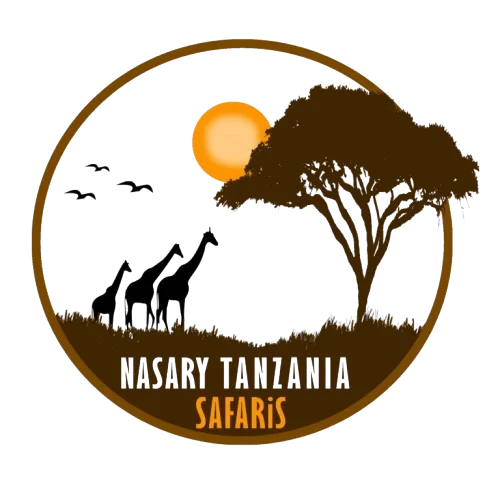Mkomazi National Park
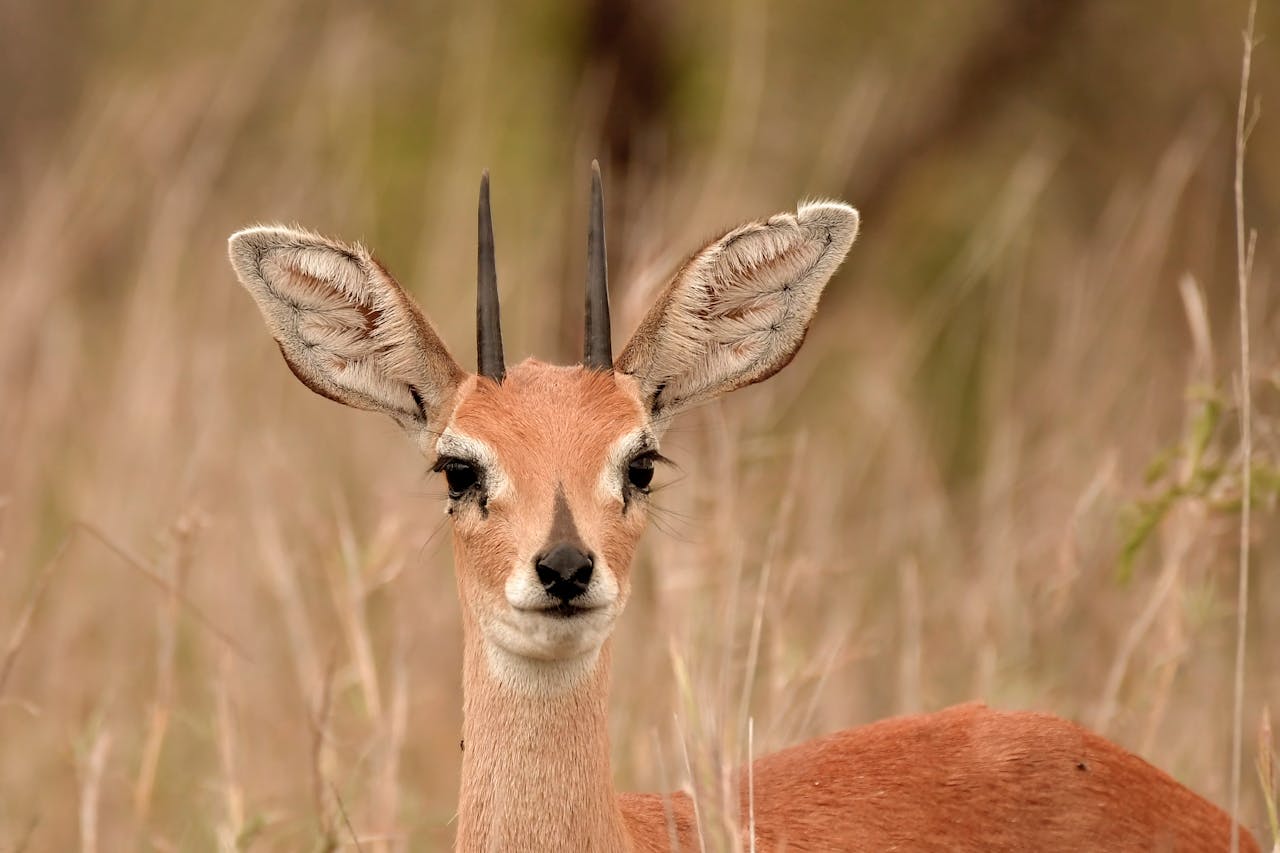
Far away from any crowds, Mkomazi National Park feels wild and untrammeled. With mountains rising in every direction, the scenery is spectacular. Although wildlife is thinly distributed, all of the Big Five are present. A huge drive-in sanctuary offers a chance to get close to the endangered black rhino, which is absent or very rarely seen in most other Tanzanian parks.
Kilimanjaro National Park
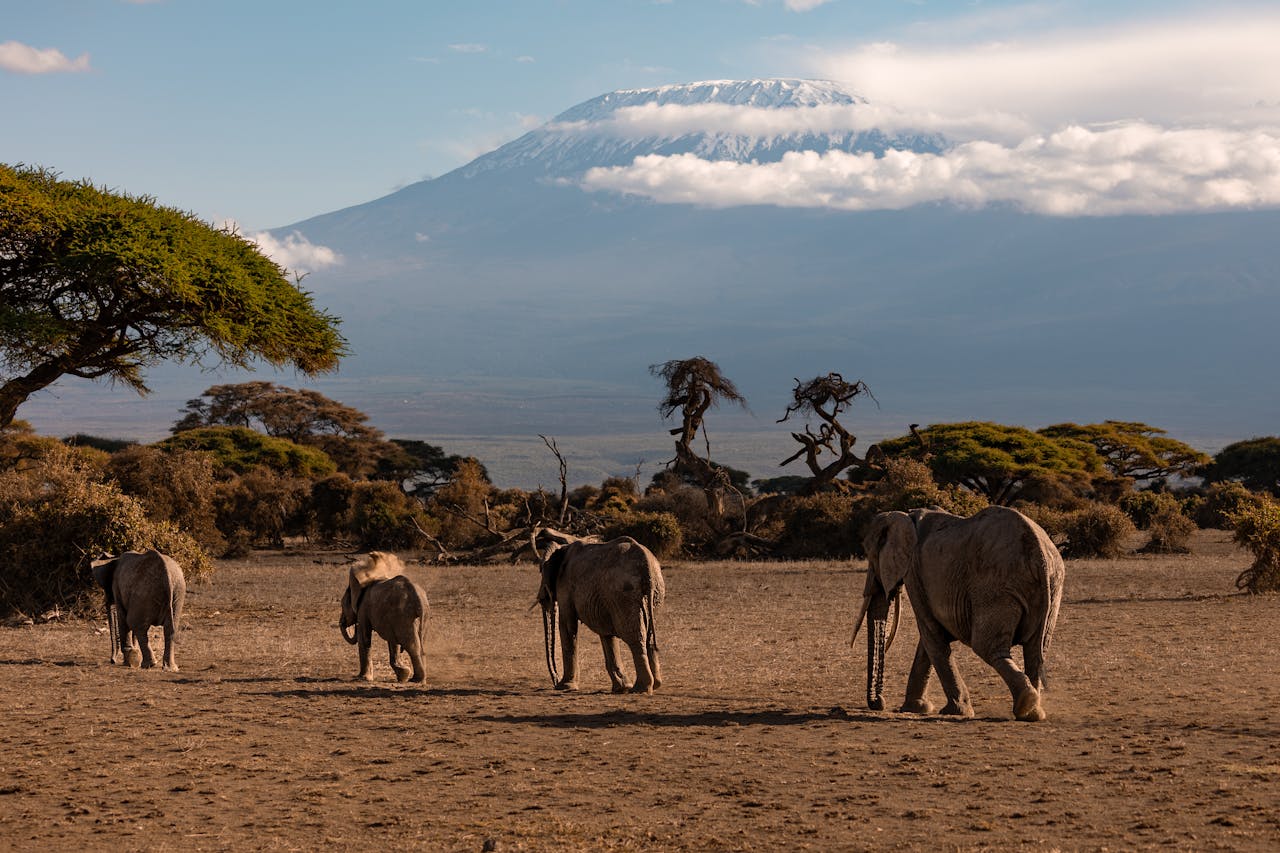
Kilimanjaro National Park is a national park in Tanzania that plays host to many species of wildlife as well as being home to the more popular Mount Kilimanjaro. Unlike other national parks located to the north of Tanzania, where tourists come to see wildlife, this one is a different case scenario, as tourists flock in their thousands to climb the mountain more than do safari game drives. Even though wildlife is there, many people pay more attention to the mountain that is located inside Kilimanjaro National Park.
Tarangire National Park
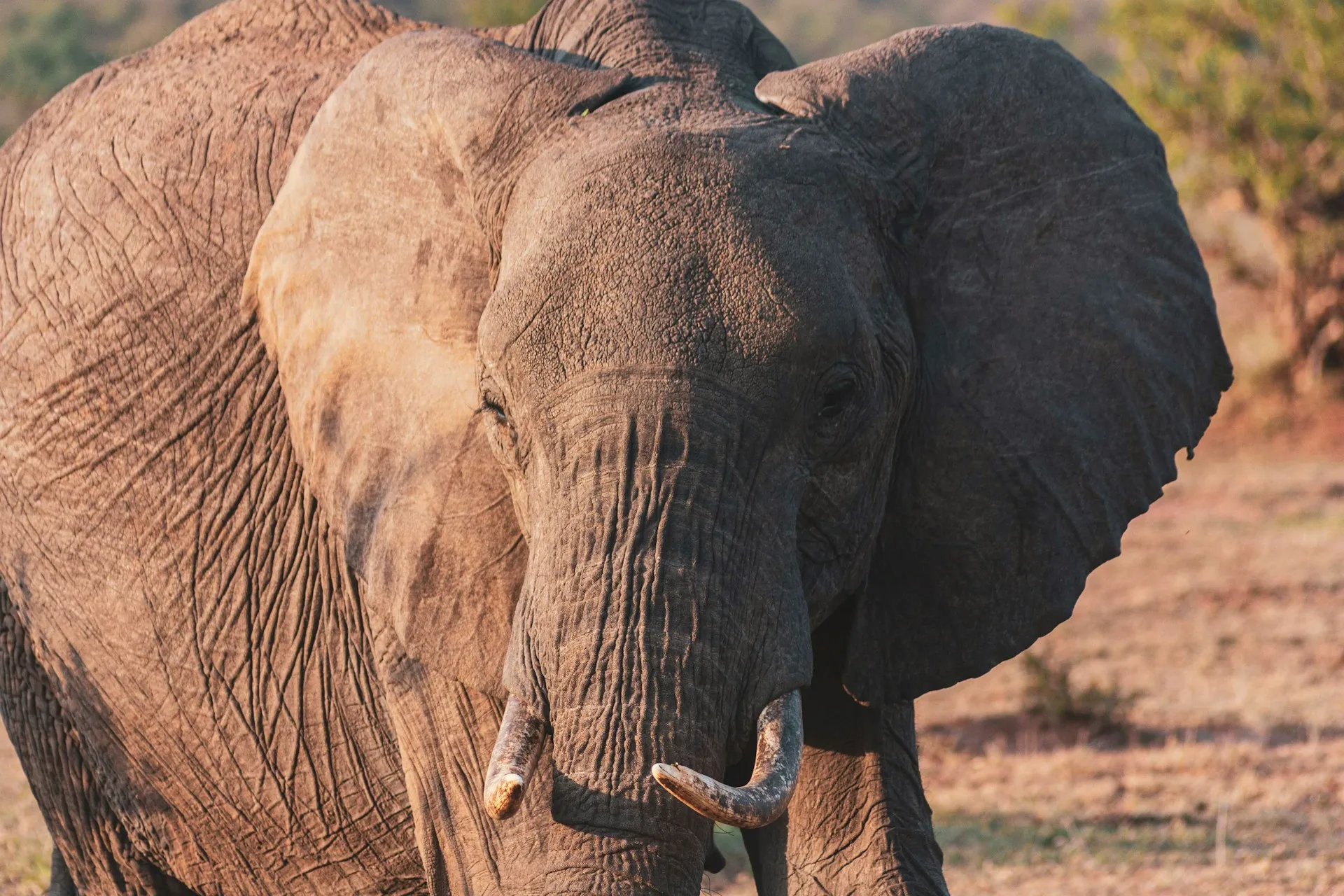
Tarangire National Park is most famous for its dense population of elephants. These imposing animals are present in large numbers throughout the year but are most abundant in the dry season, particularly from July to November. This is also when zebra, wildebeest, and other wildlife in the greater Tarangire migratory ecosystem converge on the park and its namesake river, which forms the only source of drinking water for miles around.
Serengeti National Park
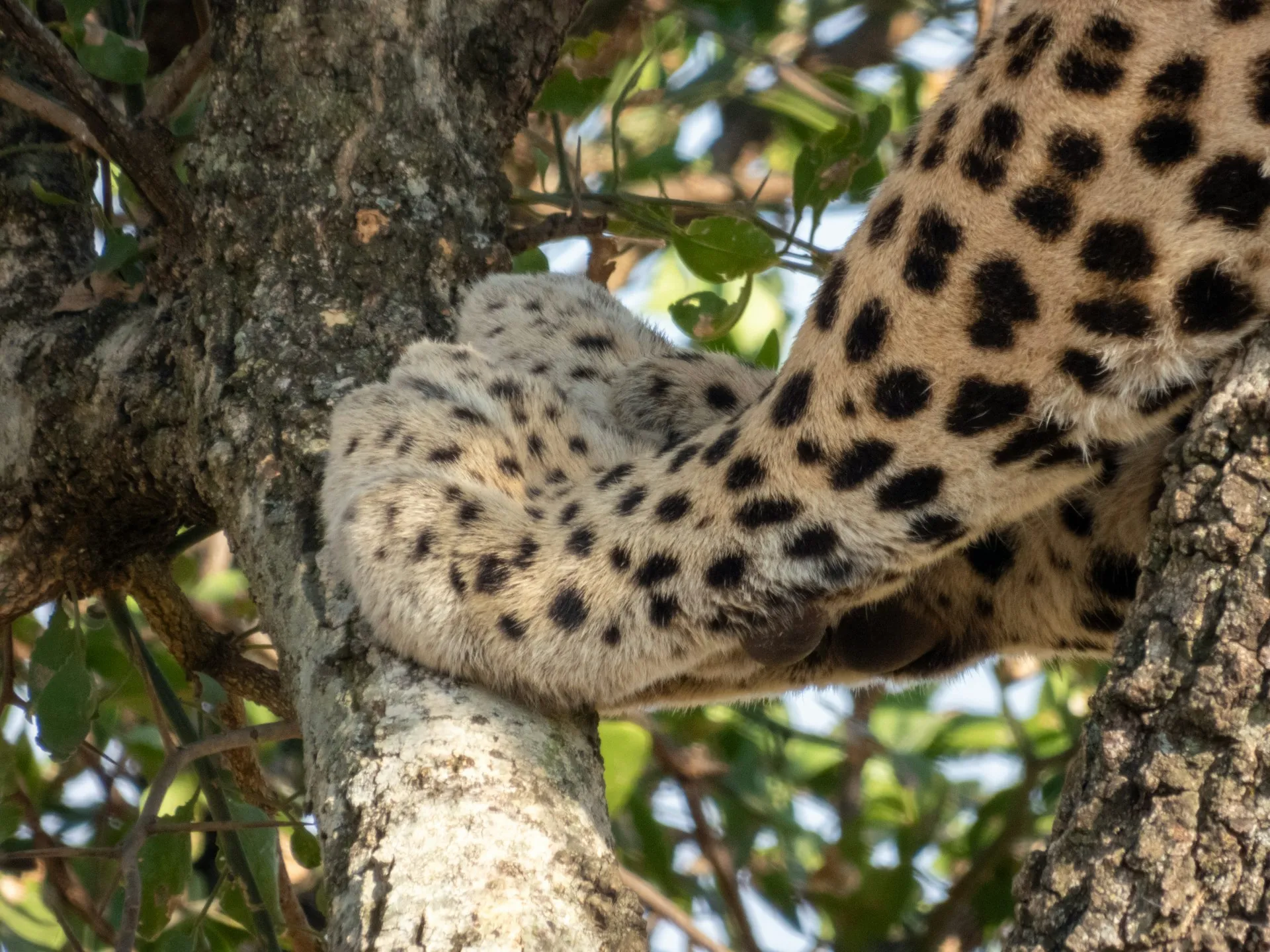
The focus of most safaris in northern Tanzania, Serengeti National Park is renowned as the arena for the world’s greatest mammal migration. Even away from this iconic wildlife spectacle, the Serengeti’s sheer density of animals makes for incredible wildlife viewing throughout the year. The southern plains near Seronera are the most popular, but it’s also worth exploring the Western Corridor and Mara River regions.
Ngorongoro Conservation Area
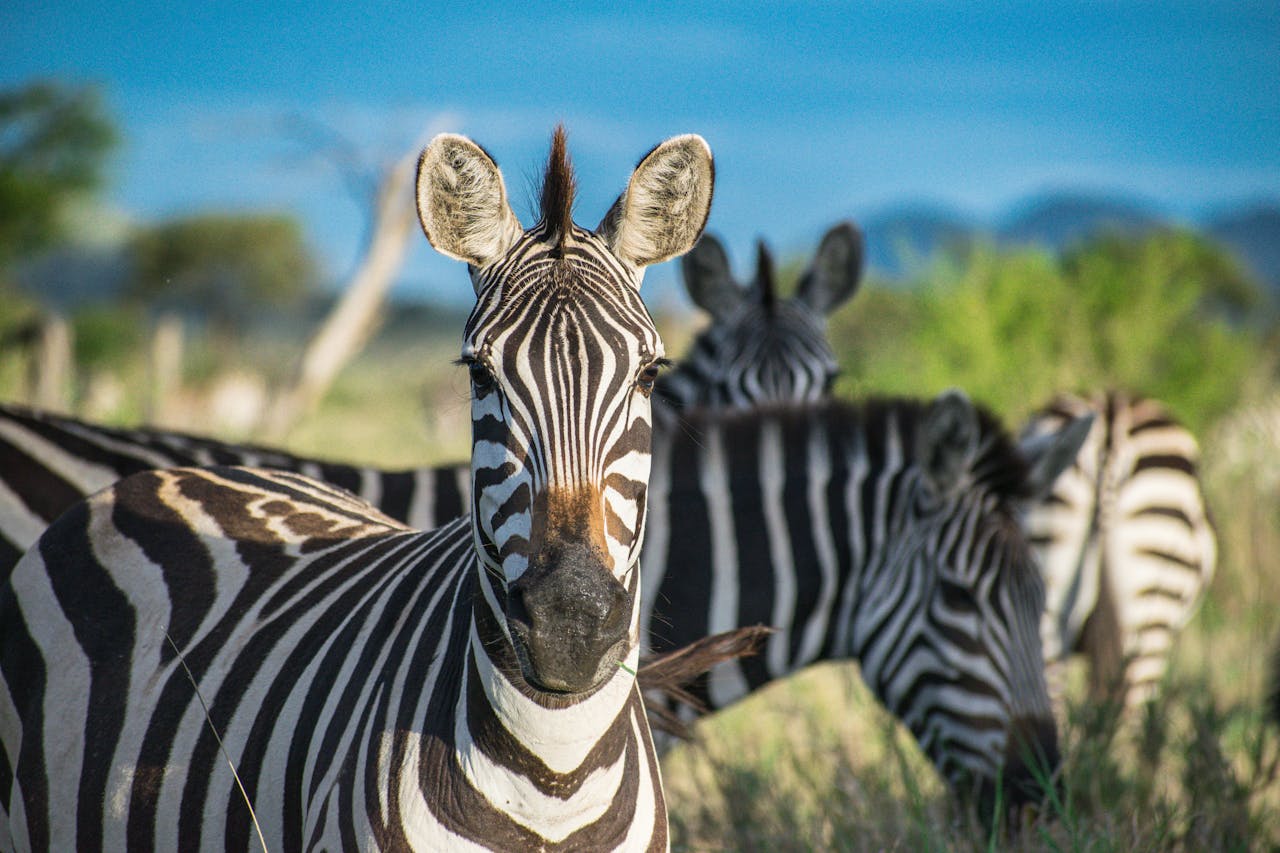
A visit to the Ngorongoro Crater is an experience of a lifetime. As the world’s only intact caldera, the crater is the top attraction of the 8,292km²/3,202mi² Ngorongoro Conservation Area. There are few places that have comparable wildlife densities. It is not unusual to see the Big Five in one day here. And all this is in the most amazing setting with a backdrop of the 600m-/1,968ft-high crater wall.
Lake Manyara National Park
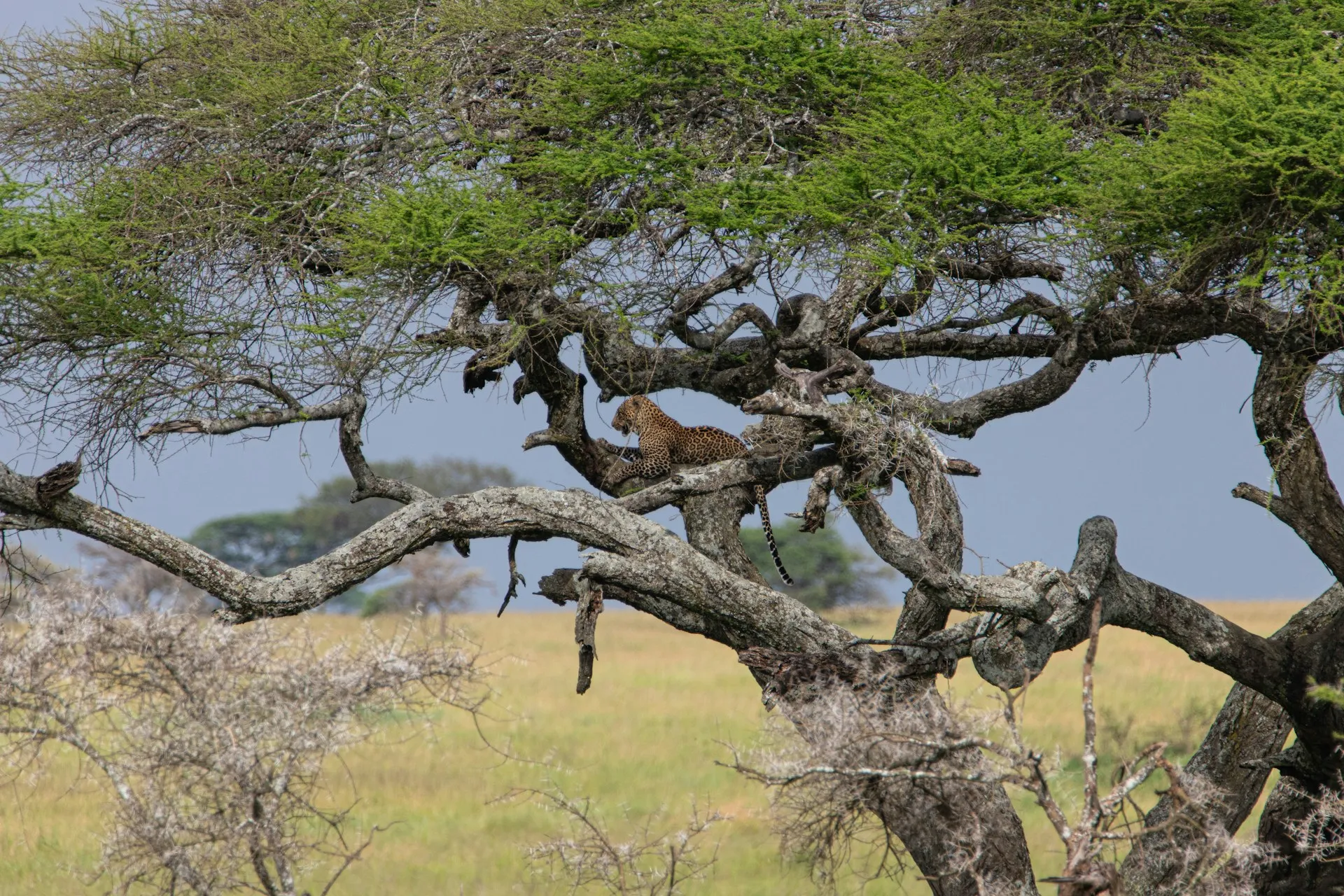
Lake Manyara National Park is dominated by a shallow, alkaline lake at the base of the Rift Valley escarpment. It is famous for its tree-climbing lions and large elephant herds. The park entrance leads to a jungle-like groundwater forest, which is home to large numbers of olive baboons and blue monkeys. A thrilling 370-meter (1,200-foot)-long treetop walkway offers a bird’s-eye view into this unique habitat.
Arusha National Park
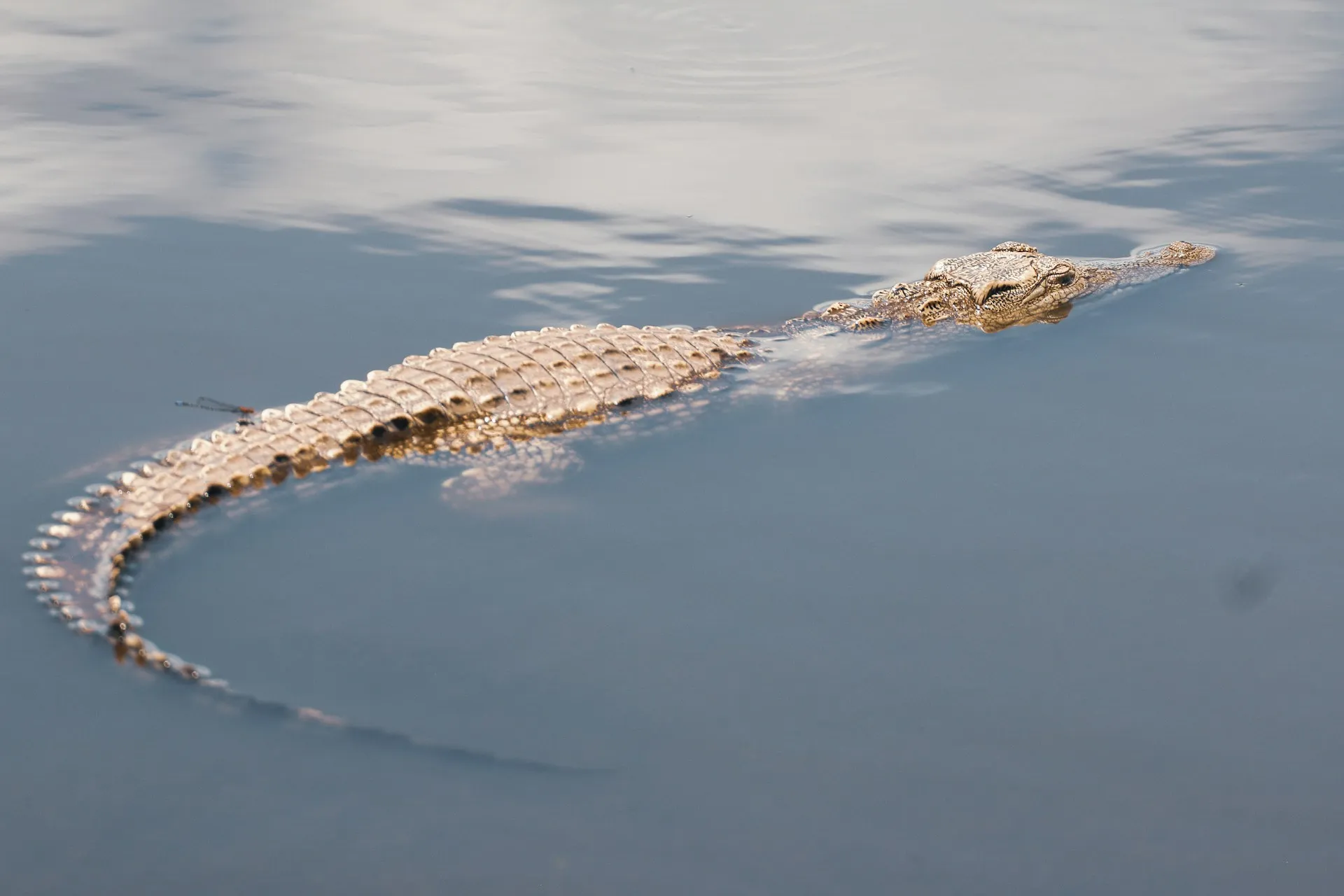
Arusha National Park is dominated by Mt. Meru (4,562 m/14,967 ft), Tanzania’s second-highest peak after Mt. Kilimanjaro. The popular climb takes four days. A day hike to Meru Crater is less challenging but very rewarding too. Wildlife viewing is rather low-key, but the varied landscapes, flocks of flamingos, and superb forest birding make the park a great addition to a Northern Circuit safari.
